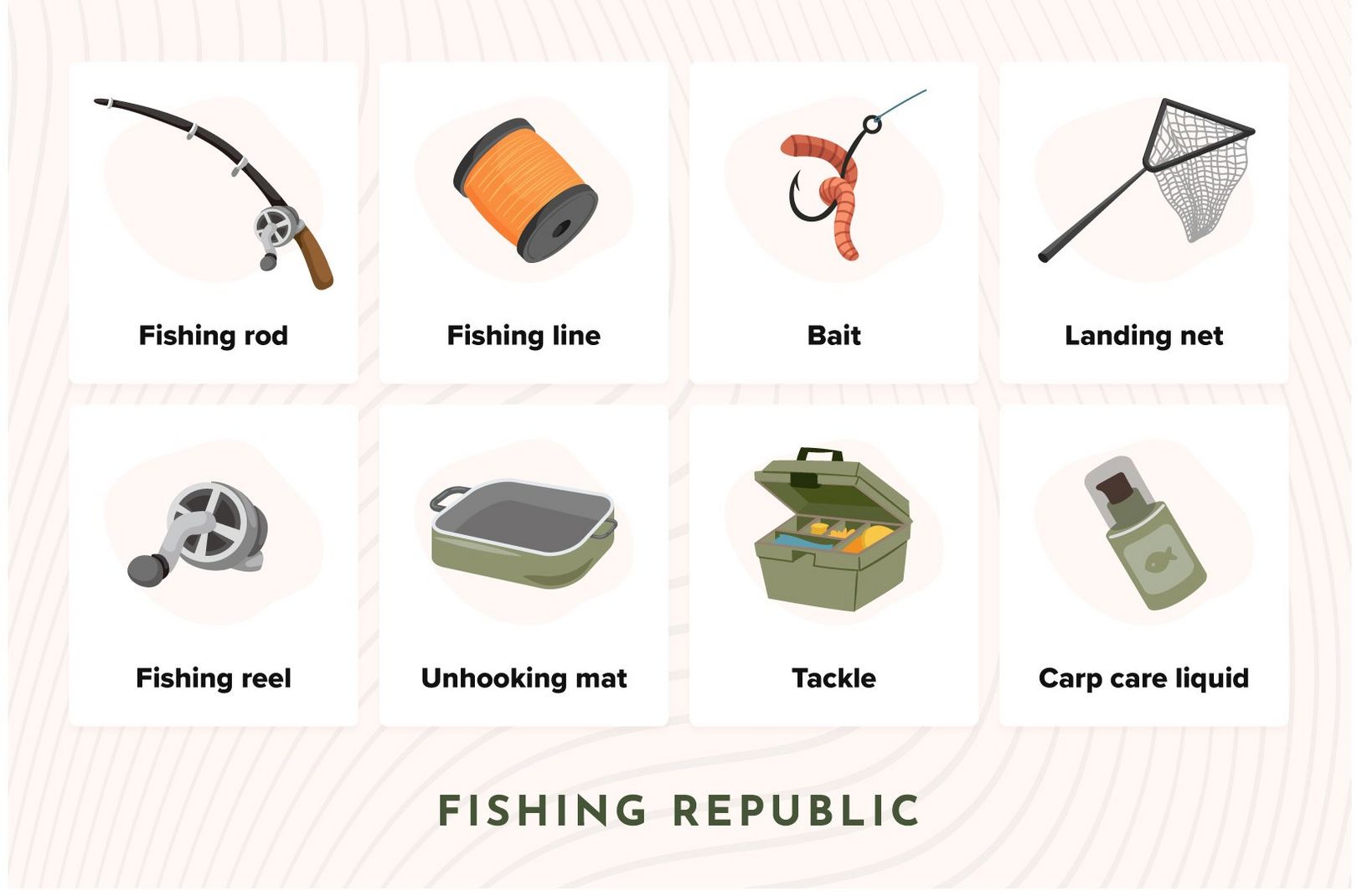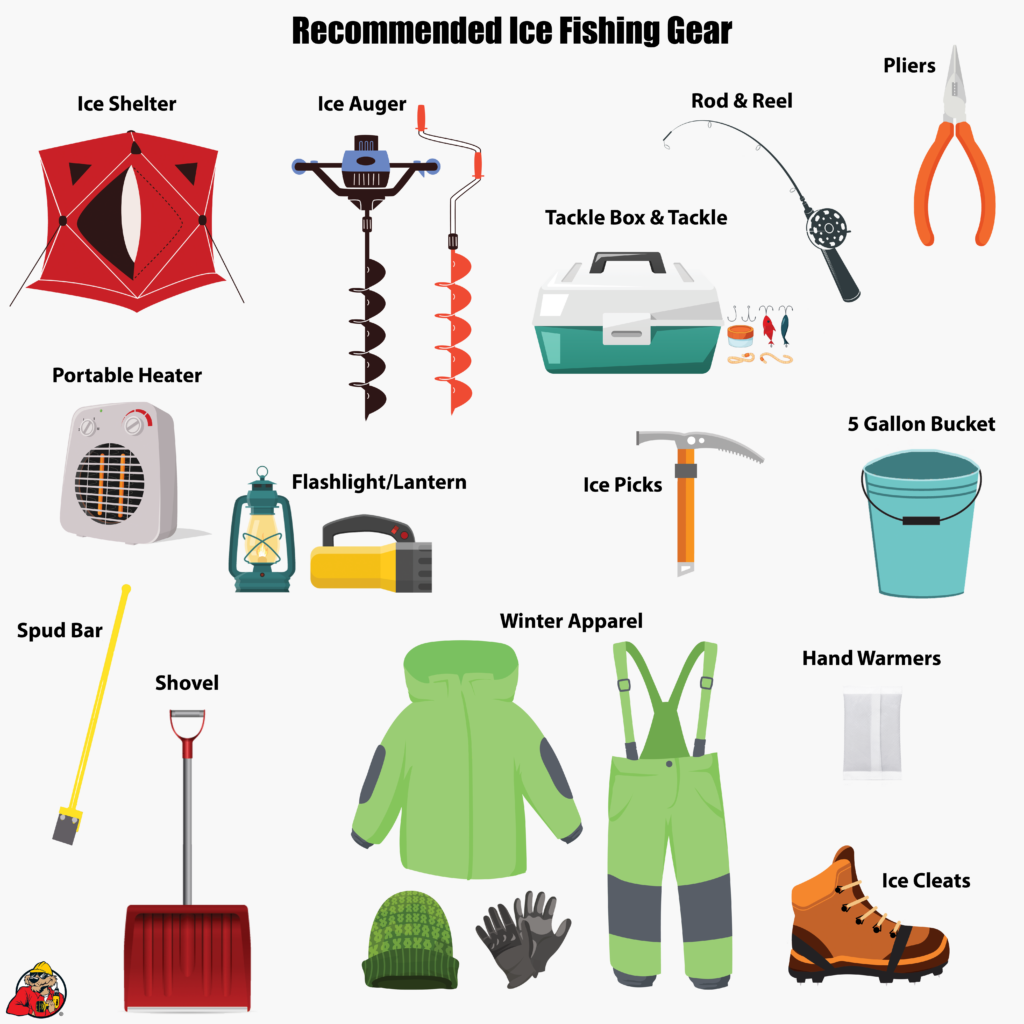The Full Overview to Fishing Fishing: Lures, Tackle, and Fly Fishing Basics for All Skill Degrees
The Full Guide to Fishing Fishing uses a comprehensive appearance at important equipment for anglers at any degree. It covers various baits, deal with components, and fly fishing essentials. Comprehending these elements is vital for an effective fishing experience. The overview likewise stresses the value of seasonal techniques and appropriate equipment maintenance. As anglers browse their alternatives, they may wonder which specific products will genuinely improve their angling experiences.
Recognizing Different Kinds Of Fishing Lures
A selection of fishing baits exist, each created to bring in details kinds of fish. All-natural lures, such as worms, minnows, and bugs, imitate the fish's natural diet plan, making them effective for lots of species. Nightcrawlers are popular for freshwater angling, while minnows draw in bigger fish like bass and pike.
Man-made lures, consisting of jigs and lures, are crafted to copy the motion and appearance of prey. These can range from brightly colored plastic worms to realistic crankbaits made to resemble swimming fish.
One more group is scent-based lures, which make use of odors to bring in fish from a range. These baits are especially helpful in dirty waters.
Inevitably, the choice of lure depends upon the target species, water problems, and fishing technique, making it important for anglers to comprehend their choices and choose the best bait for their particular angling scenario.
Vital Fishing Tackle: Poles, Reels, and Lines
While selecting the best fishing deal with, understanding the interplay between rods, reels, and lines is important for effective angling. Fishing pole come in various sizes and activities, each created for details fishing methods and species. A much shorter rod offers much better control for close-in fishing, while longer rods enable higher casting range.
Reels, readily available in rotating, baitcasting, and fly options, should match the rod and line type to assure smooth procedure. The selection of reel significantly affects the fishermen's capability to obtain catches efficiently.
Lines, classified by material and strength, act as the connection in between the fish and the pole. Monofilament, fluorocarbon, and knotted lines each offer unique benefits, affecting exposure and level of sensitivity. Selecting the appropriate combination of rod, line, and reel is essential, as it directly affects casting performance, level of sensitivity to attacks, and overall angling success. Each aspect must work harmoniously to enhance the angling experience.
Selecting the Right Fishing Lures for Your Target Types
Choosing the proper fishing entices needs a keen understanding of the choices of target varieties - Xplorer Fly Fishing. Variables such as water problems and regional forage play a considerable function in figuring out which tempts will certainly be most efficient. By aligning lure option with these variables, anglers can enhance their opportunities of success on the water
Comprehending Types Preferences
Picking the best angling draws calls for an understanding of the certain preferences of target varieties, as various fish are attracted to differing dimensions, shades, and movements. For instance, bass are usually drawn to brilliant, flashy attractions that imitate their natural target, while trout may choose much more refined, all-natural shades. Furthermore, the dimension of the appeal must match the dimension of the fish being targeted; larger types commonly respond far better to bigger appeals. Activity also plays an essential function; some fish are drawn in to appeals that simulate irregular habits, while others choose a consistent, smooth recover. By recognizing these preferences, anglers can properly enhance their possibilities of a successful catch, tailoring their deal with to the distinct characteristics of each types.
Matching Lures to Conditions
The efficiency of angling appeals commonly depends upon the dominating environmental conditions. Fishermens need to consider variables such as water temperature level, clearness, and present when selecting the ideal attraction. For circumstances, in dirty waters, noisy or intense attractions tend to stand out, while in clear conditions, more subtle activities and natural colors work. Seasonal modifications additionally play an important function; during spawning periods, fish might respond better to attractions resembling their prey. Furthermore, time of day influences fish activity; dawn and dusk are prime-time televisions for utilizing topwater attractions. Inevitably, understanding these conditions allows fishermens to match their appeals to the target species, enhancing their chances of a successful catch. Understanding of ecological characteristics is key to effective appeal choice.
The Basics of Fly Fishing Equipment
A strong understanding of fly fishing equipment is necessary for both novices and skilled anglers alike. The essential components of fly angling equipment consist of the fly rod, reel, line, and flies. The fishing pole, usually longer and much more adaptable than conventional fishing rods, enables accurate casting. Picking the best rod depends upon the angling atmosphere and target varieties.
The reel, designed to hold the fly line, plays a considerable function in handling line access and drag. Fly check it out lines are specialized for different methods, from drifting to sinking, and have to be matched to the pole's requirements.
Lastly, flies mimic marine bugs and lure fish, and come in different styles such as completely dry flies, fairies, and streamers. Choosing the ideal fly is crucial, as it must represent the local fish species and conditions. Mastery of these fundamental elements develops the foundation for effective fly angling experiences.
Tips for Organizing Your Fishing Tackle Box
Organizing an angling take on box can considerably enhance an angler's efficiency on the water. By arranging deal with by kind, making use of containers efficiently, and identifying everything plainly, fishermen can quickly access their equipment. These approaches not just conserve time however likewise guarantee that essential things are always at hand when needed.

Type by Type
Sorting take on by type guarantees that fishermens can quickly locate the equipment they need when the best fishing opportunity Discover More develops. Organizing things such as hooks, lures, and sinkers into marked areas boosts performance and minimizes stress throughout trips. For circumstances, categorizing baits by kind-- real-time, man-made, or iced up-- permits for swift choices based upon angling problems. Tackle boxes can be split right into compartments for easy accessibility to details gear, such as fly fishing basics or saltwater equipment. This technique not only saves time however also aids in keeping the condition of the deal with, ensuring everything continues to be in suitable shape. By applying this arranged strategy, anglers can concentrate a lot more on the fishing experience rather than looking for misplaced products.

Usage Containers Intelligently
Utilizing containers efficiently can considerably enhance the company of a fishing take on box. Anglers need to contemplate making use of a variety of containers, such as tiny tackle trays, zip-lock bags, and compartmentalized boxes, to divide various sorts of equipment. This technique not only conserves time when looking for certain things however likewise prevents tangling and damage. Hooks, attractions, and weights can each have actually marked containers, promoting easy accessibility throughout angling journeys. Furthermore, clear containers enable for fast exposure of contents, enhancing the selection procedure. It is also beneficial to ponder the shapes and size of containers to make the most of space within the take on box. By implementing these organizational strategies, fishermens can preserve an extra efficient and satisfying angling experience.
Label Every Little Thing Clearly
Clear labeling is important for maintaining an orderly angling tackle box. By plainly marking containers and compartments, fishermens can quickly locate specific products, saving time and reducing aggravation throughout angling journeys. Making use of waterproof labels guarantees toughness in different weather problems. It is recommended to classify products such as hooks, appeals, and line types, supplying fast gain access to when required. In addition, color-coded labels can enhance presence and organization. Routinely upgrading labels as materials change helps maintain a reliable system. When fishing with others, clear labeling is especially advantageous, permitting for easy sharing and understanding of deal with arrangements. Inevitably, a well-organized take on box with clear labels promotes a more successful and satisfying angling experience.
Seasonal Fishing Approaches and Gear Adjustments
As the periods change, anglers should adapt their techniques and gear to optimize their chances of success. In spring, for instance, fish end up being much more energetic as water temperatures increase, prompting anglers to utilize lighter deal with and dynamic baits to entice attacks. Throughout summertime, the heat presses fish to much deeper waters, demanding larger gear and techniques such as deep-water or trolling jigging.
In fall, as fish prepare for winter season, fishermens must concentrate on locations with plentiful food resources, using larger baits to attract them. Winter months fishing frequently requires specific gear, including ice angling equipment and cozy clothing, as fish come to be inactive in chilly water.
Additionally, adjustments in line selection, attraction color, and bait type are crucial throughout the year (Xplorer Fly Fishing). By staying in harmony with seasonal patterns and making these equipment adjustments, anglers can improve their performance and enjoy a rewarding angling experience regardless of the moment of year
Upkeep and Take Care Of Your Fishing Devices
Proper maintenance and take care of fishing equipment are crucial for assuring longevity and peak performance. Anglers should consistently evaluate their rods, reels, and lines for signs of wear, such as fraying or rust. Cleaning equipment after each fishing journey is necessary; freshwater ought to be made use of to rinse salt and particles, avoiding corrosion and buildup.
Reels call for lubrication to keep smooth procedure; using the ideal oil to relocating parts can enhance their lifespan. Rod overviews ought to be checked for chips or fractures, as they can affect casting and line honesty.
Keeping gear in a completely dry, temperature-controlled environment assists protect against damage from moisture visit their website or extreme temperature levels. Furthermore, changing old or damaged tackle, such as lures and hooks, guarantees ideal performance throughout fishing trips. By adhering to these upkeep techniques, fishermens can greatly expand the life of their equipment and take pleasure in an extra successful fishing experience.
Regularly Asked Inquiries

What Are the very best Regional Fishing Places for Beginners?
The very best regional angling areas for newbies frequently include tranquil lakes, conveniently available rivers, and designated angling ponds. Entertainment areas and neighborhood parks regularly offer secure atmospheres with abundant fish populaces, making them excellent for novice fishermens.
Exactly How Can I Determine Fish Species in My Location?
To recognize fish varieties in a location, one can observe physical qualities, consult regional field overviews, utilize smart device apps, or involve with local fishing neighborhoods for understandings and identification suggestions certain to the area.
What Licenses Do I Need for Fishing?
To fish lawfully, one generally needs a fishing permit, which varies by region. In addition, some areas may call for certain permits for specific types or fishing methods, emphasizing the value of checking local policies before fishing.
Exactly How Do Weather Impact Fishing Success?
Weather conditions considerably affect fishing success. Variables such as wind, temperature, and rainfall impact fish actions, feeding patterns, and environment. Fishermens usually adapt their methods based upon these conditions to boost their possibilities of an effective catch.
What Are Typical Fishing Decorum Regulations to Adhere To?
Typical fishing etiquette guidelines consist of valuing others' space, staying clear of noise, tidying up after oneself, complying with regional laws, and exercising catch and launch when suitable. These standards cultivate an unified environment for all fishermens.
Fishing poles come in numerous sizes and activities, each developed for details fishing techniques and species. A strong understanding of fly fishing gear is important for both novices and skilled anglers alike. Organizing a fishing deal with box can substantially improve a fishermen's effectiveness on the water. Arranging deal with by kind assurances that fishermens can promptly find the gear they need when the perfect fishing chance occurs. The finest neighborhood angling places for novices typically include tranquil lakes, quickly accessible rivers, and assigned fishing ponds.